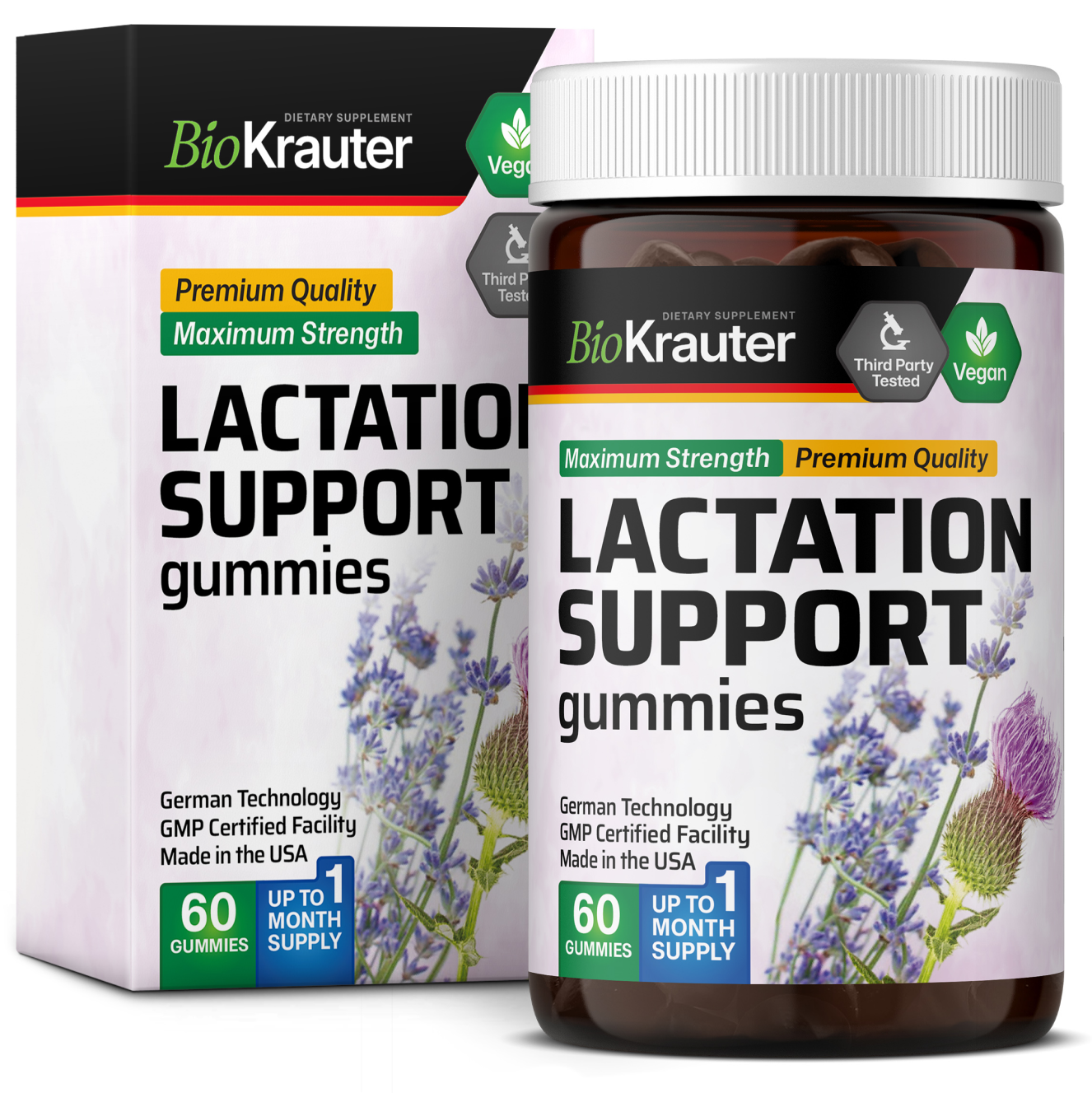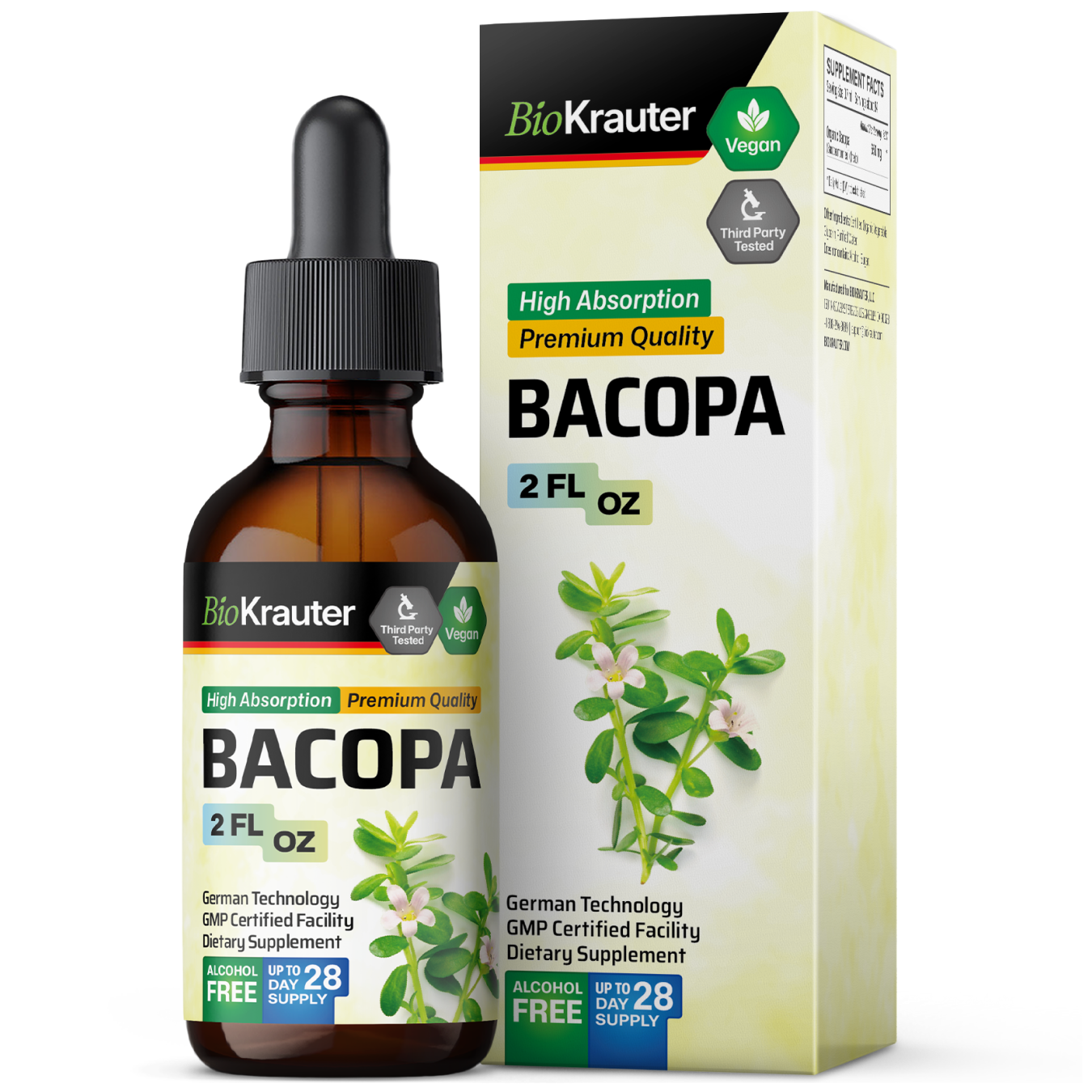-

What is Blessed Thistle Used For?
This herbaceous plant is known for its bitter taste and has been utilized for various medicinal and culinary purposes. In traditional herbal medicine, blessed thistle is often associated with promoting digestive health. Its bitter compounds are believed to stimulate the digestive system, increasing the production of gastric juices and supporting overall digestion.





- Digestive health support Blessed thistle herb contains cnicin and polyacetylene, which are known to stimulate the production of saliva and gastric juices [1]. This activity aids in the breakdown of food, facilitating more efficient digestion.
- Appetite stimulation The primary way blessed thistle works to stimulate appetite is through its bitter compounds, notably cnicin [2]. These bitters have a direct effect on the taste receptors in the mouth. When these receptors are activated, they send signals to the brain, specifically to the hypothalamus, which is responsible for regulating hunger, thereby enhancing appetite.
- Bolstered immune system This herb contains a variety of bioactive compounds, including flavonoids, tannins and lignans, which are known for their antioxidant properties. These antioxidants are crucial in combating oxidative stress in the body, fortifying the immune system and its resilience to various pathogens [3].
Products Featuring Blessed Thistle
$15.99
Looking for more information?
View All FAQsBlessed thistle is packed full with a variety of bioactive compounds, each contributing to its medicinal properties. The herb is primarily characterized by its bitter properties, the most notable of which is cnicin. It’s a sesquiterpene lactone, a type of compound known for its potent anti-inflammatory and antimicrobial effects.
Beyond cnicin, this plant contains a range of flavonoids [4]. These are well-known antioxidants, providing protection against cellular damage caused by free radicals. These compounds also contribute to the anti-inflammatory and antimicrobial properties of the herb.
Additionally, it is rich in essential oils, which contain various terpenoids and other aromatic compounds [5]. These oils contribute to the herb's distinct aroma and are also involved in its therapeutic effects, particularly in terms of digestive and antimicrobial benefits.
Blessed thistle also contains tannins, which are astringent compounds. Tannins have several health benefits, including promoting wound healing and reducing inflammation [6]. They can also have a protective effect on the digestive system, aiding in the treatment of issues like diarrhea.
Lastly, the herb contains lignans, a type of polyphenol. Lignans are known for their antioxidant properties and may also contribute to the overall health benefits, particularly in supporting heart health and hormonal balance.
Blessed thistle benefits include support lactation in nursing mothers. The herb is believed to function as a galactagogue, a substance that promotes or increases the flow of a mother's milk [7]. This property is thought to be due to a combination of the herb's nutritional and hormonal effects.
Despite the traditional use of blessed thistle for this purpose, it is always advisable for breastfeeding mothers to consult with healthcare professionals before using it or any other herbal supplement. This is particularly important because individual responses to herbs can vary, and what works for one person may not work for another.
These plants are often confused and mentioned together due to their common name association and traditional use in herbal medicine. But they are distinct in their botanical identities, chemical compositions and medicinal properties. However, these two herbs belong to the same botanical family, Asteraceae, also known as the daisy or sunflower family. This large family of flowering plants is known for its diverse species, many of which have significant medicinal, ornamental and ecological importance.
Blessed thistle (Cnicus benedictus) is known for its spiny leaves, yellow flowers, and the bitter compound cnicin, which contributes to its use as a digestive aid, appetite stimulant, antimicrobial agent and lactation supporter. Milk thistle (Silybum marianum), distinguished by its purple flowers and white-veined leaves, contains silymarin, extracted from its seeds. Silymarin is valued for liver protection, acting as an antioxidant and aiding in liver tissue regeneration, making it useful in treating liver diseases like cirrhosis and hepatitis [8]
Yes, it’s a common and convenient form of the supplement. It can be added to capsules, smoothies or teas, making it easy to incorporate into daily routines. While tinctures and teas are also popular, the powdered form allows for flexible dosing and blends well with other herbs.
- https://www.healthline.com/health/blessed-thistle
- https://pmc.ncbi.nlm.nih.gov/articles/PMC7879793/
- https://www.researchgate.net/publication/247896516_An_Evidence-Based_Systematic_Review_of_Blessed_Thistle_Cnicus_benedictus_by_the_Natural_Standard_Research_Collaboration
- https://pmc.ncbi.nlm.nih.gov/articles/PMC5465813
- https://www.ncbi.nlm.nih.gov/books/NBK501775/
- https://www.mdpi.com/1420-3049/30/4/800
- https://pmc.ncbi.nlm.nih.gov/articles/PMC7388198/
- https://www.healthline.com/nutrition/milk-thistle-benefits

Free
Shipping
No shipping
cost over $50

Premium
Quality
Engineered to a gold
standard for your satety

Easy
Returns
30 days money-
back guarantee
















